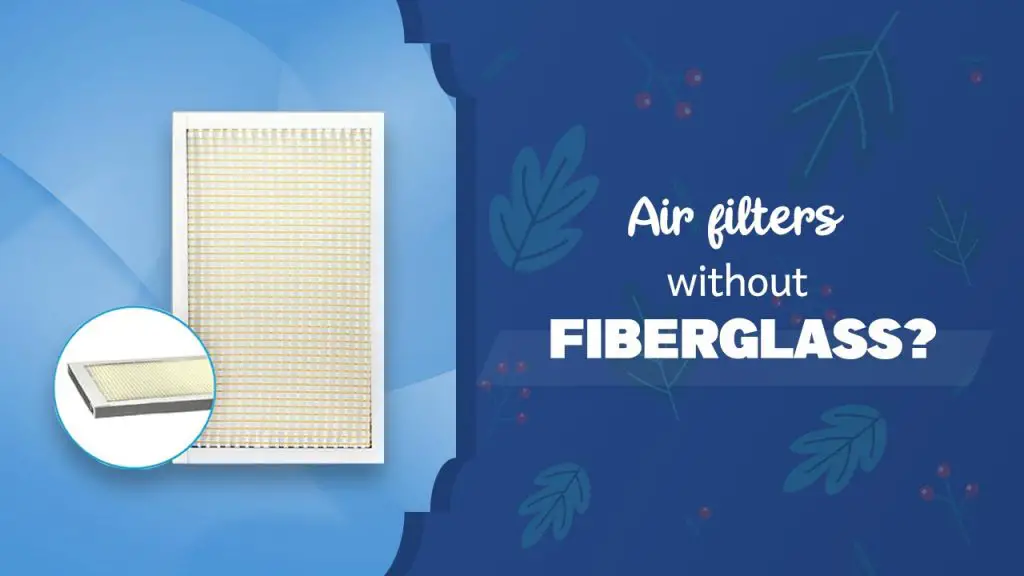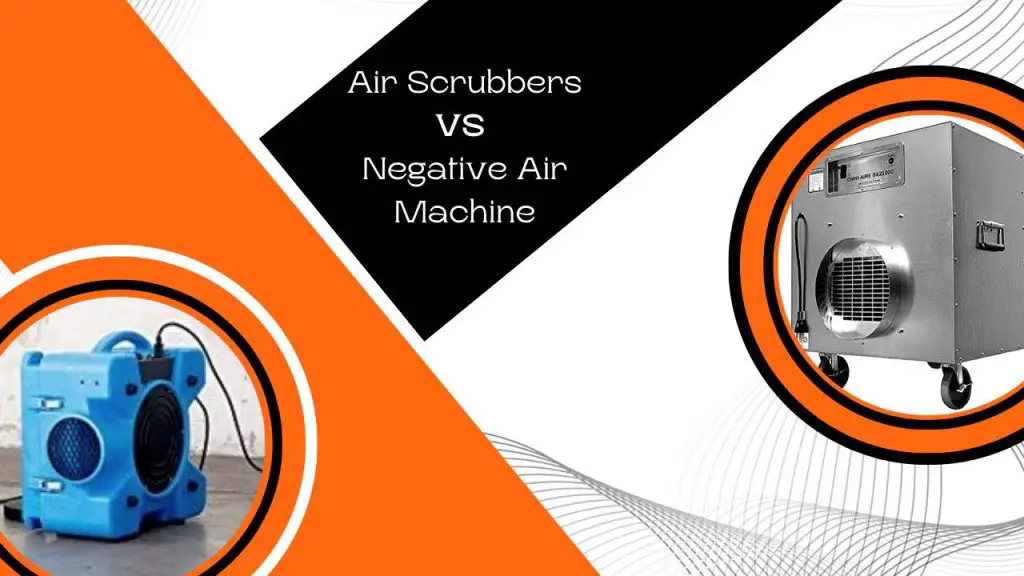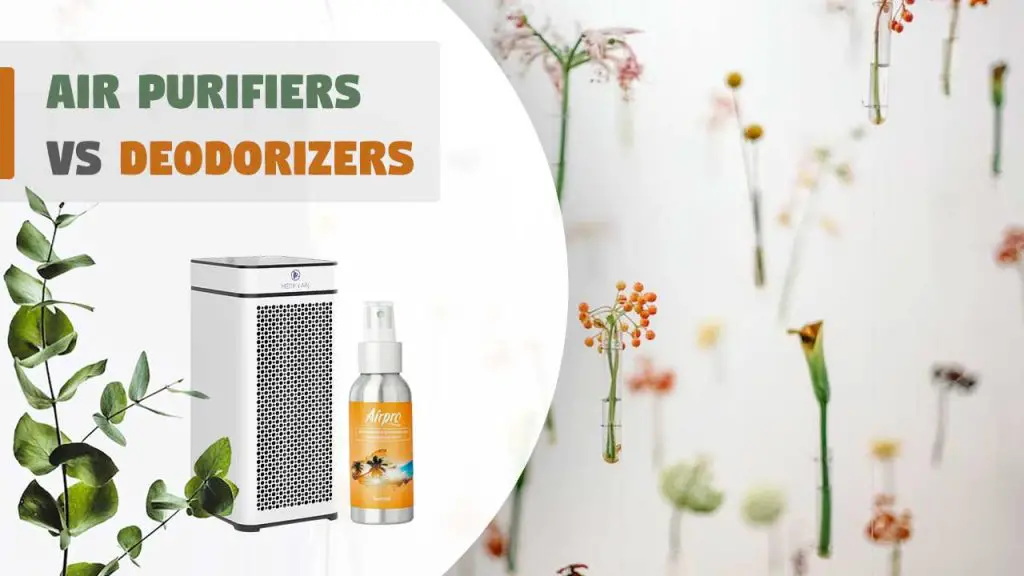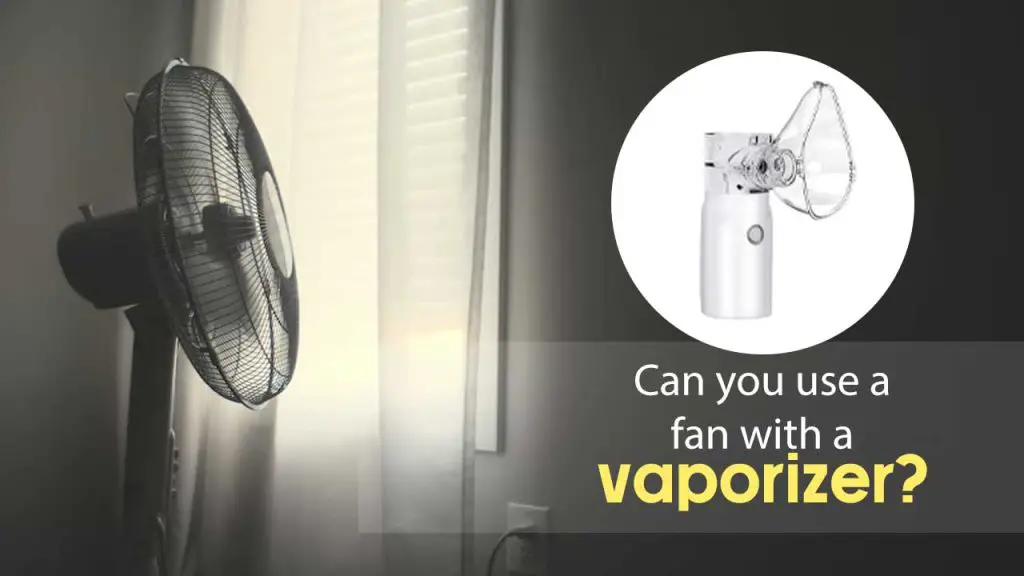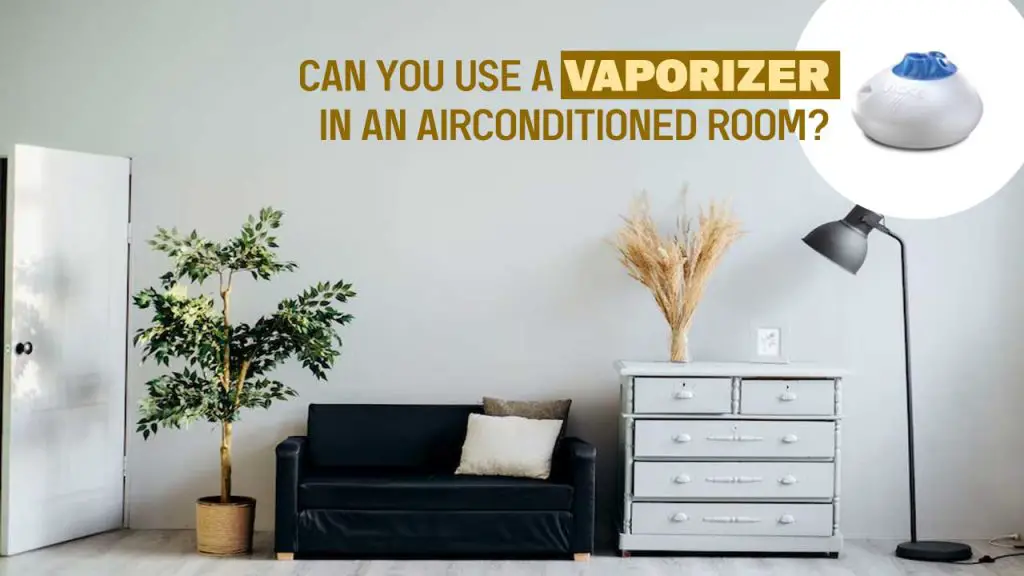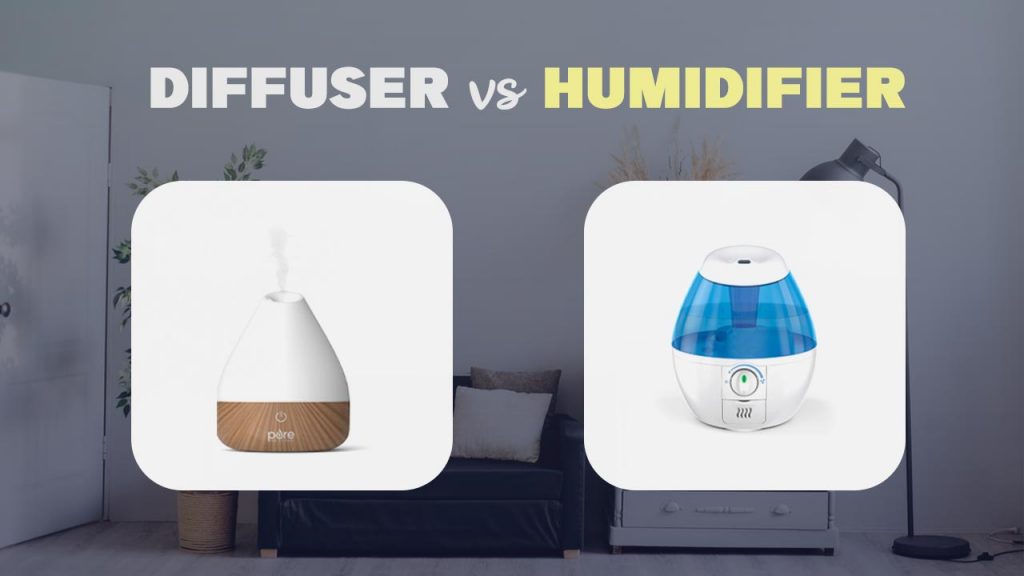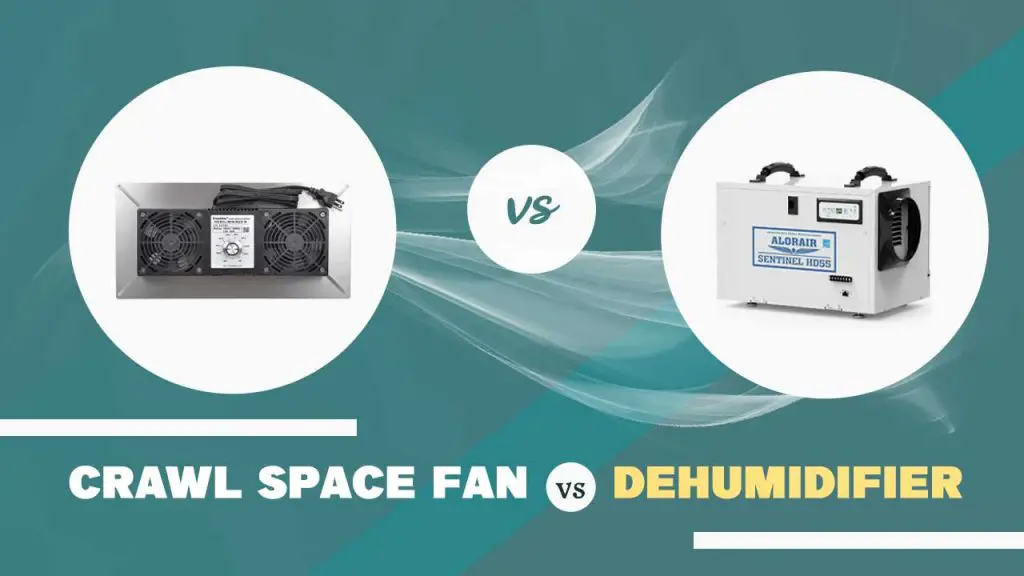Air filters have become a useful application in our homes and offices in our bid to keep indoor air clean and healthy. Whether it’s a ventilation system, air purifier, dehumidifier or air scrubber, filters help to trap and rid your home of harmful pollutants.
Some filters are particulate, made of porous materials; others are carbon filters made of charcoal to remove gaseous pollutants. Also available out there are ionizers that release negative ions that attach themselves to air particles and microorganisms.
Of all the different materials used to make air filters, fiberglass is one of the most popular- especially for residential air conditioning systems and furnaces.
They are highly porous filters, composed of about 15–60 μm glass fibers, and are considered highly effective against debris and air particles that may find their way into your appliances and damage important components.
But, do all air filters have fiberglass? Are there air filters without fiberglass? How do both types of air filters compare?
Do Air Filters Have Fiberglass in Them?
The answer is Yes and No. Not all air filters have fiberglass in them, but many do. Fiber is a major component of filters. In fact, it is what gives it the porosity and texture required to keep pollutants out.
As stated earlier, these filters have 15–60 μm glass fibers in them, are ¾–1 inch (1.9–2.5 cm) thick, and exist in both standard and special sizes. Some of them are as large as 20 × 30 inches but can be smaller.
It is very likely that even your room’s air purifier has a HEPA filter made of fiberglass.
This is something that some people will find frightening because fiberglass is not something anyone wants to be breathing in. If it is not safe, why is it used in HEPA filters? The simple answer is, fiberglass is the cheapest fiber material used in the production of filters.
It is also very effective, according to tests and observation. But the good news is, you really have nothing to worry about because it is very unlikely that you’ll be breathing in fiberglass used in making filters. There’s no danger in using fiberglass for air filters.
The fiberglass air filter won’t simply break down and start floating in your room. This is another reason filters should be replaced as frequently as recommended by regulators and manufacturers.
For emphasis, fiberglass air filters are not washable, but disposable. While they are effective and able to remove particles down to 0.3 microns, they are not very efficient and will need to be replaced every 30 days.
Uses of Fibreglass Air Filters
Fiberglass air filters are quite popular for many reasons, including their cost-effectiveness and performance. This is why they are used in many appliances such as;
1. Air Conditioners
Many air conditioner manufacturers tend to use fiberglass in their filters for a number of reasons, including the ability to keep particles keep particles out. This helps to keep dirt and debris away from components like cooling coils and motors.
2. Air Purifiers
Air purifiers are another set of appliances that tend to use fiberglass filters. Some HEPA filters are made of fiberglass as their major material. Most manufacturers tend to tighten this by adding other components to make the filters effective against dust and other smaller particles.
3. Residential Furnaces
You need air filters to protect you from breathing in polluted air and your unit’s components from clogging. Many of our home’s furnaces have filters made of spun fiberglass and can protect your unit and indoor air from dust and other air particles.
What Happens to Fiberglass Air Filters?
Fiberglass filters are considered one of the least effective when it comes to actual air quality, mostly because they are not all too effective at trapping smaller particles like pleated filters.
The glass fiber has tiny holes which allow more airflow but only so much filtering. The reason they are one of the most common is due to their inexpensive nature, and also because they allow maximum airflow when used in residential furnaces and air conditioners.
But, you may ask, what happens to fiberglass air filters after use?
Fiberglass air filters have a lifespan of about 30 days. Unlike many other types, including electrostatic and more advanced air filters, fiberglass air filters are not recyclable or washable and need to be disposed of after 30 days when their effectiveness must’ve dwindled.
You’d need to dispose of the entire filter in a trash bin, including the cardboard frame. While the cardboard frame may be recyclable, it is not the job of the user and this is why they’re trashed altogether in the garbage.
Pros and Cons of Fiberglass Air Filters
As one of the most used air filters across the globe, fiberglass air filters have several advantages and disadvantages.
Pros
- Fiberglass air filters are inexpensive and one of the cheapest materials for making air filters for HVAC systems. This also accounts for the low price of appliances equipped with fiberglass filters.
- Fiberglass air filters are more porous, which allow for better airflow as they do not cause any impedance.
- They are also very effective at trapping larger debris and particles.
Cons
- Fiberglass air filters have one of the least Minimum Efficiency Reporting Value (MERV) ratings at between 1 and 4 on an industry scale of one to 20.
- They have low filtration capacity, especially when dealing with smaller particles due to their high porosity.
- There is also the question of low efficiency in terms of replacement frequency, as you’d need to replace the filter every month.
- Fiberglass air filters are not recyclable or reusable, which makes them costly in the long run and bad for environmental sustainability.
Which Are the Air Filters Without Fiberglass?
There are a number of air filters not made of fiberglass used in several appliances we use in our homes and offices. Some of them include;
1. Pleated Air filters
These are generally and quite informally known as pleated air filters because of the pliable material they are made from. They are made from either cotton, polyester or paper.
Many air filters used in HVAC systems and air conditioning appliances tend to use pleated air filters for their effectiveness and efficiency. In fact, they are said to have a less porous texture and can trap smaller particles better than fiberglass filters.
These filters tend to resemble an accordion because they are folded. The pleats provide more surface area for capturing more particles. A good example is the Filterbuy Pleated HVAC AC Furnace filter.
2. Plastic Air filters
This is a more recent technology found in some HEPA filters. Just like other types, the material is interwoven to create braids that only allow air to go through but stop air particles, even those less than 1 micron.
They are considered quite effective too and can last for 45-90 days, on average. The Filtrete 20x24x1 AC Furnace Air Filter is a good example. Plastic Air filters can be made of different forms of plastics including polypropylene.
Air Filters with Fiberglass Vs Air Filters Without Fiberglass
| Air filters with fiberglass | Air filters without fiberglass |
|---|---|
| Highly porous and suitable for removing large particles. | Not as porous and can remove smaller particles. |
| Not recyclable or washable. | Largely reusable and recyclable, especially the electrostatic types. |
| Can only be used for a period of 30 days on average. | Can last for between 45 and 90 days in many cases. Washable filters will last longer, up to 3 years in many cases. |
| Arguably the cheapest type of air filter on the market, selling for between $5 and $15 depending on size and application. | More expensive than fiberglass filters, usually sold for between $10 and $50 depending on size and application. |
| Filters for larger appliances like ACs, commercial dehumidifiers may cost more. | Filters for larger appliances like ACs, commercial dehumidifiers will also relatively cost more. |
| Quality may also be a problem, especially when bought from unknown sources. | Usually has a higher than a fiberglass air filter. |
| Expensive to run in the long run. | More cost-effective in long run. |
Final Words:
While fiberglass is a very common material for air filters, not all air filters are made from fiberglass. The proliferation of fiberglass filters, as we’ve mentioned before, is because they are relatively inexpensive.
If you do not have respiratory issues and no member of your family suffers from severe allergies, fiberglass air filters should do.
Besides, they can remove air particles like dust, pet hair and other harmful contaminants. However, if you are battling severe allergies, it is best to go for air filters with more effectiveness against smaller particles.
| Photo | Title | Buy |
|---|---|---|

|
LEVOIT Air Purifier for Home & Bedroom - For Allergies and Pets Hair | Check Price On Amazon |

|
BREEZOME 60 OZ Quiet Dehumidifiers for Home, Dual-Semiconductor | Check Price On Amazon |

|
AquaOasis™ Cool Mist Quiet Ultrasonic Humidifier for Bedroom & Large room | Check Price On Amazon |

|
43.3'' Portable Air Conditioners, 3-IN-1 Evaporative Air Cooler w/Remote | Check Price On Amazon |

|
BlueDri BD-AS-550-BL Negative Machine Airbourne Cleaner HEPA Air Scrubber | Check Price On Amazon |

|
Space Heater, VCK 24" 12ft/s Fast Quiet Heating Portable Electric Heater | Check Price On Amazon |
